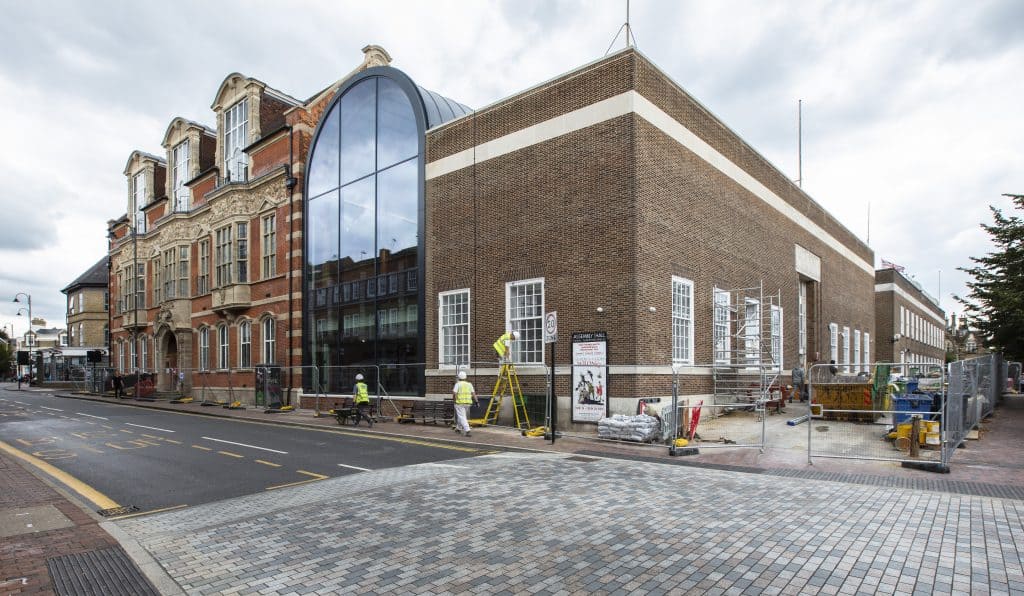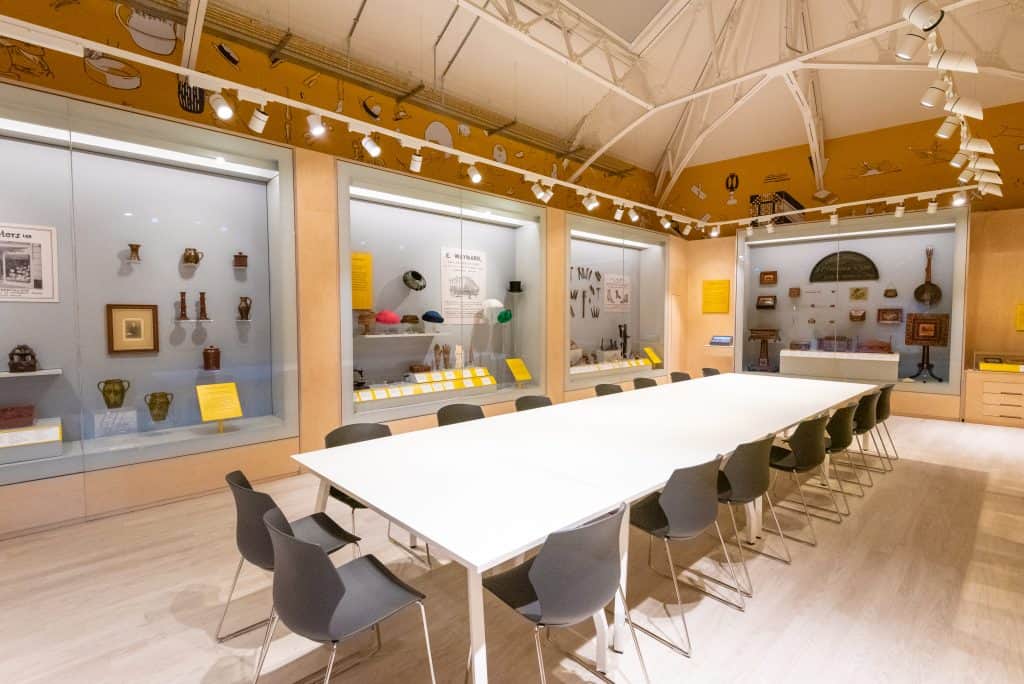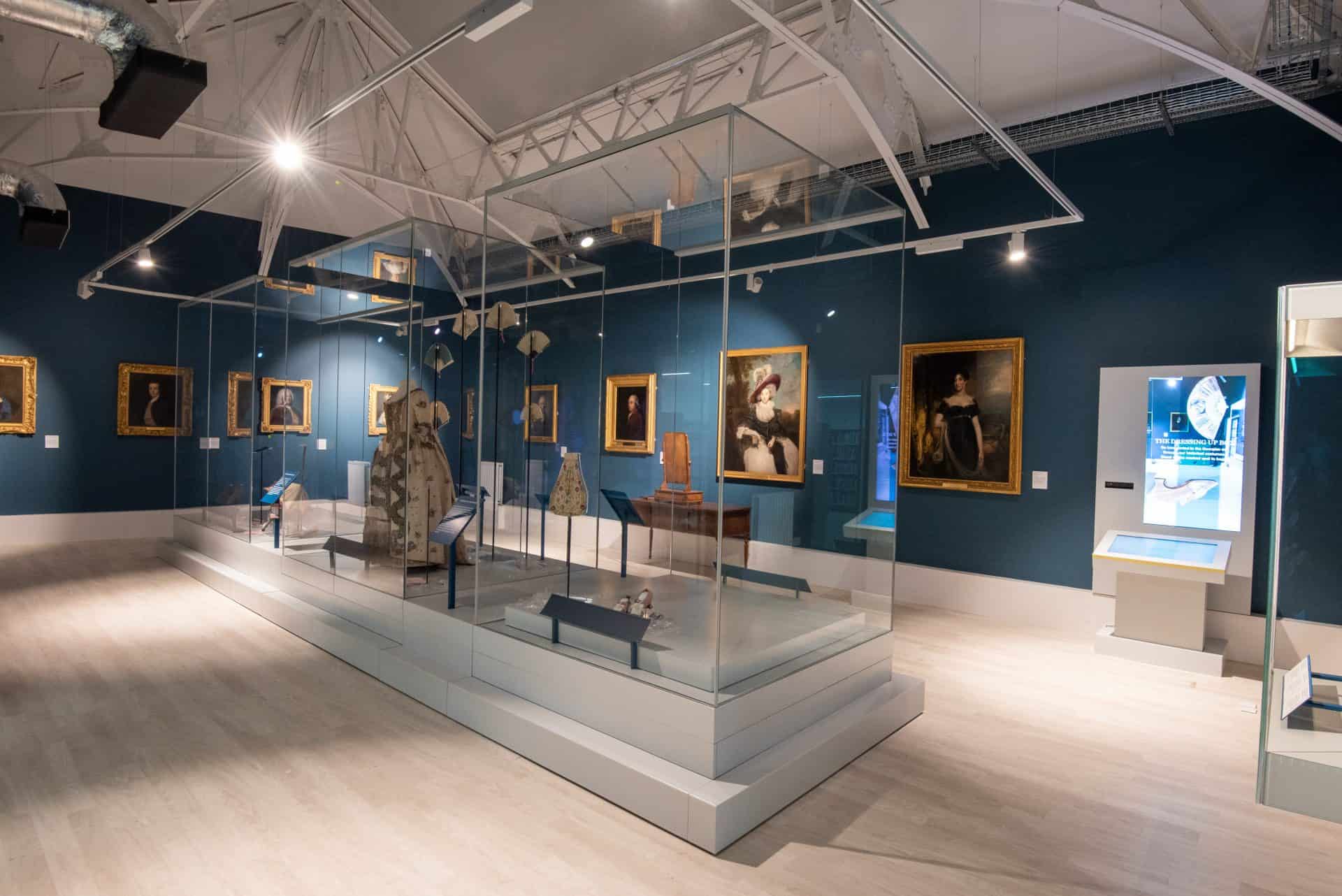The ‘Leisure Hour Club for Young Women in Business’ opened its doors to the people of Tunbridge Wells more than a century ago.
Founded by activist Amelia Scott as a social club for working girls in the town, it was best known for its holiday evenings and Bank Holiday excursions.
It all goes to show that community leisure is not a new concept.
What is new is the way that local authorities are now seizing opportunities to deliver exciting and collaborative leisure facilities in the 21st century.
- How best can local authorities unlock the potential of underperforming properties?
- Can leisure-led experiences be a catalyst for high-street regeneration?
- And could investment now generate public sector revenue in the long-term?
As Paul Gorry, sales lead at Willmott Dixon Interiors explains, we need look no further than Amelia Scott’s hometown to see how imaginative thinking can rejuvenate our communities.
Healthy lifestyles and shifting mindsets
Millions of us watched the government’s televised Downing Street press conferences, where the prime minister and key advisors delivered daily announcements about coronavirus.
Barely a briefing went by without the chief medical officer, Professor Chris Whitty, extolling the benefits of living active and healthy lifestyles.
But we’re not just talking about gyms, swimming pools and health and fitness apps; there’s a much broader conversation taking place about leisure in our communities right now.
“It’s no surprise to hear that health and wellbeing has come to the forefront of the public mindset,” says Paul Gorry.
“We’ve never really had a central government backing the importance of a healthy lifestyle, but the pandemic has shown that we need to take care of our mental and physical health. It has led to a rise in demand from local communities and a sea change in government thinking.”
That thinking is being reflected in local government too; just ask Tunbridge Wells Borough Council. It has partnered with Kent County Council to transform a Grade 2 listed former library and museum into The Amelia Scott.

The imaginative project is being delivered by Willmott Dixon Interiors and will integrate a museum, art gallery, library, adult education and much more into a single engaging space. A cultural and learning hub, if you will, right in the heart of the community.

One of the challenges is how cash strapped local authorities can continue to build on that kind of momentum.
Budget cuts and carbon emissions
The Local Government Association projects a post-pandemic revenue loss of £411 million for district councils alone.
And those figures don’t even include the likely costs associated with a climate emergency.
Leisure facilities produce anywhere between 10-40% of councils’ direct carbon emissions, so upgrading the leisure estate will be crucial to achieving net zero targets.
Clearly there are challenges then, but look a little deeper and Paul Gorry believes that there is also a huge opportunity to rethink our approach.
“There’s a strong pent up desire,” he says. “Everyone still wants to do what they’ve always done in terms of going to restaurants or theatres for example, but in ways that suit them.
“In that sense, ‘local’ has now become more of a focus of our attention and there’s possibly a greater level of expectation on our local authorities to deliver those facilities as a result.
“But with that pressure comes significant potential too. Larger numbers of people working from home should drive more footfall to local high streets and that can have a positive impact on income and the growth of the high street. Now is the time for ambitious council leaders to maximise that opportunity.”
Walthamstow’s wonder theatre
If your estate is ageing, how do you go about designing new, more efficient and impactful solutions that meet local demand?
Paul points to the example of Waltham Forest Council, which is investing £25.6 million in the restoration of the landmark art deco-inspired former Granada/EMD Cinema in Walthamstow.

When complete, the Grade II* building will operate as a 950-seat multi-purpose entertainment venue, with a bar and restaurant, and will have the capacity to host music, performance and panto.
Paul says: “Local authorities are forever responding to change, with requirements fluctuating all the time, so it’s important they have a clear vision of what they want to achieve. Of course they have a responsibility to respond to the perceived demands of the local demographic but there is a danger in trying to appease everyone.
“Waltham Forest Council has prioritised economic recovery and connecting people with jobs. It identified the former Granada/EMD Cinema as a key culturally-led regeneration project, not just for the high street but the entire borough.
“There will be critics of that approach but the council is ultimately leading an exciting project that will bring substantial community benefits for years to come.”
Leisure paying its way
One of those benefits is undoubtedly income generation.
EMD’s new operator – Soho Theatre – has already demonstrated its commitment to creating what it calls a “cultural hub in the heart of its community”.
It has announced ticket discounts and priority booking for local people, community and education programmes and heritage tours, and promises to attract world class entertainment that people will pay to see.
It all suggests that with the right leadership, partnerships, coordination and investment, public leisure services can deliver significantly more social, economic and environmental benefits for the whole of society; and support the long-term recovery from COVID-19 too.
“Sometimes the level of opportunity boils down to finance and what resources are available to local authorities,” adds Paul.
“But a cautious move in the direction of recognising that they can develop good facilities, could and should raise a greater level of local authority revenue than being sat in disrepair.”
The future for flagging high streets
Local authorities find themselves inhabiting the space between government strategy and community demand; where expectation meets duty.
While community and leisure facilities are near the top of the agenda right now, it’s not a situation that will last forever. The competing demands of housing, healthcare and education will still need to be juggled and whatever is spent, will have to be paid back.
The question facing local authorities however, is whether they can afford not to act.
Paul says: “It’s an active sector at the moment, with an enthusiasm to invest and we’re seeing some local authorities really capitalising on that unique set of circumstances. They are approaching things with more of a private sector mentality and exploring how best to rejuvenate outdated properties.”
Their success will be based on several factors, from good decision making and a robust business model, to how dialled into their local demographic they are. It’s where Willmott Dixon Interiors comes in.
“We have the experience, capability and connection to operators and sector specialists,” explains Paul.
“We can help local authorities to consider the feasibility of any scheme and introduce them to some of the public sector procurement frameworks that we have access to.
“Ultimately it’s about helping council leaders to identify the best route to take an estate that isn’t currently working and refurbish it in a modern and efficient way to attract more people through the door.
“Done well, this can have more than one long-term benefit. It can be a catalyst for high-street regeneration and deliver revenue that funds other public services too.”
Get in touch
To find out more get in touch with our leisure sector lead, Paul Gorry

